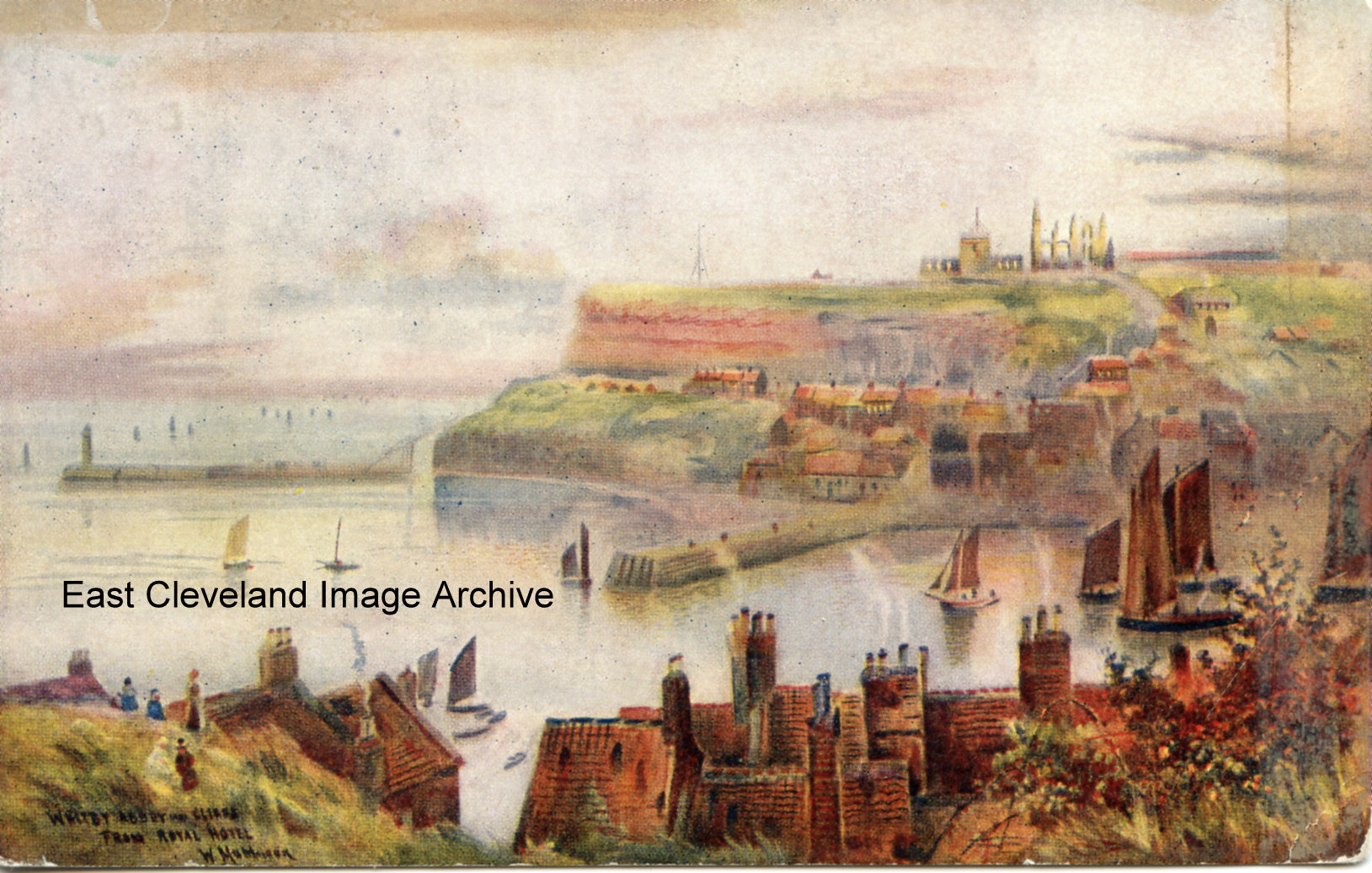
I can’t quite make out the name of the artist who painted this view of Whitby Abbey and cliffs from the Royal Hotel. The card was posted in December, 1906.
Image courtesy of Tina Dowey.
|
|
||
 I can’t quite make out the name of the artist who painted this view of Whitby Abbey and cliffs from the Royal Hotel. The card was posted in December, 1906. Image courtesy of Tina Dowey. 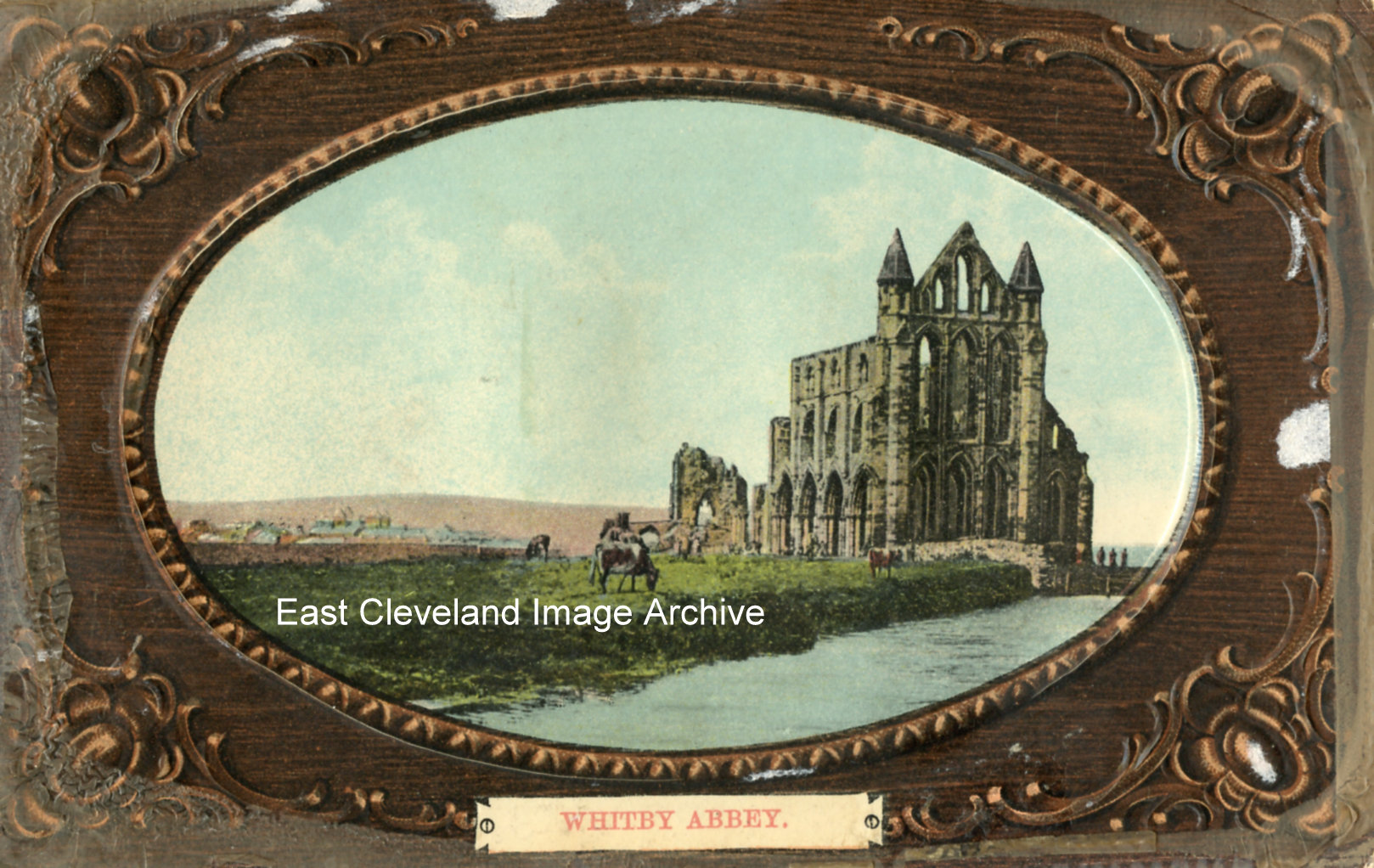 This card, showing a view of Whitby Abbey, is one of the Storefield Series from West Hartlepool. Image courtesy of Tina Dowey.
This view of St. Mary’s Church is one of the Valentine’s Series; the card was posted in 1912. A sight familiar to all who have clambered up the 199 steps at Whitby. Image courtesy of Tina Dowey. 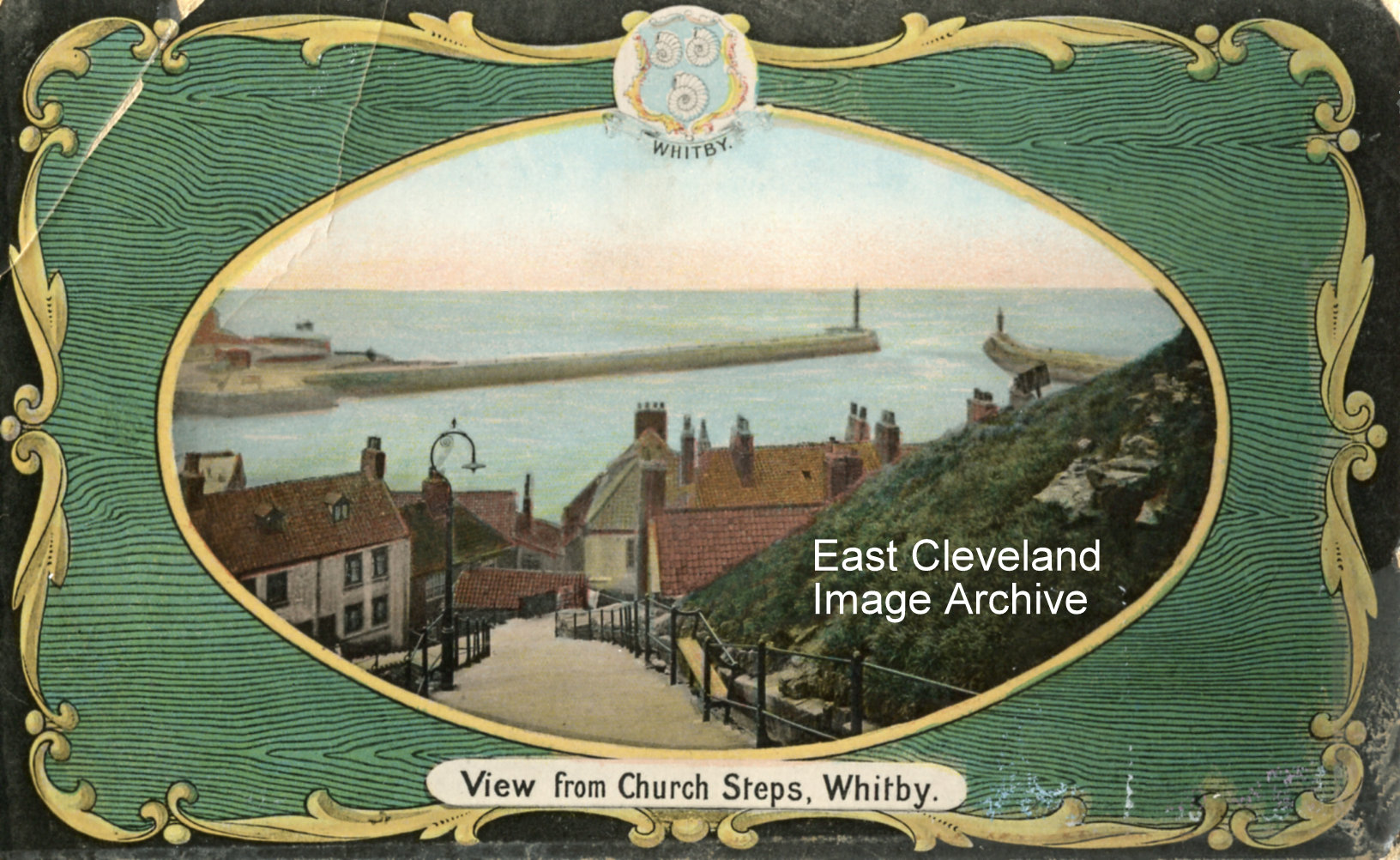 This view of the harbour entrance from the church steps (or the 199 Steps) dates from before 1912 when the pier extensions were built. Image courtesy of Tina Dowey. 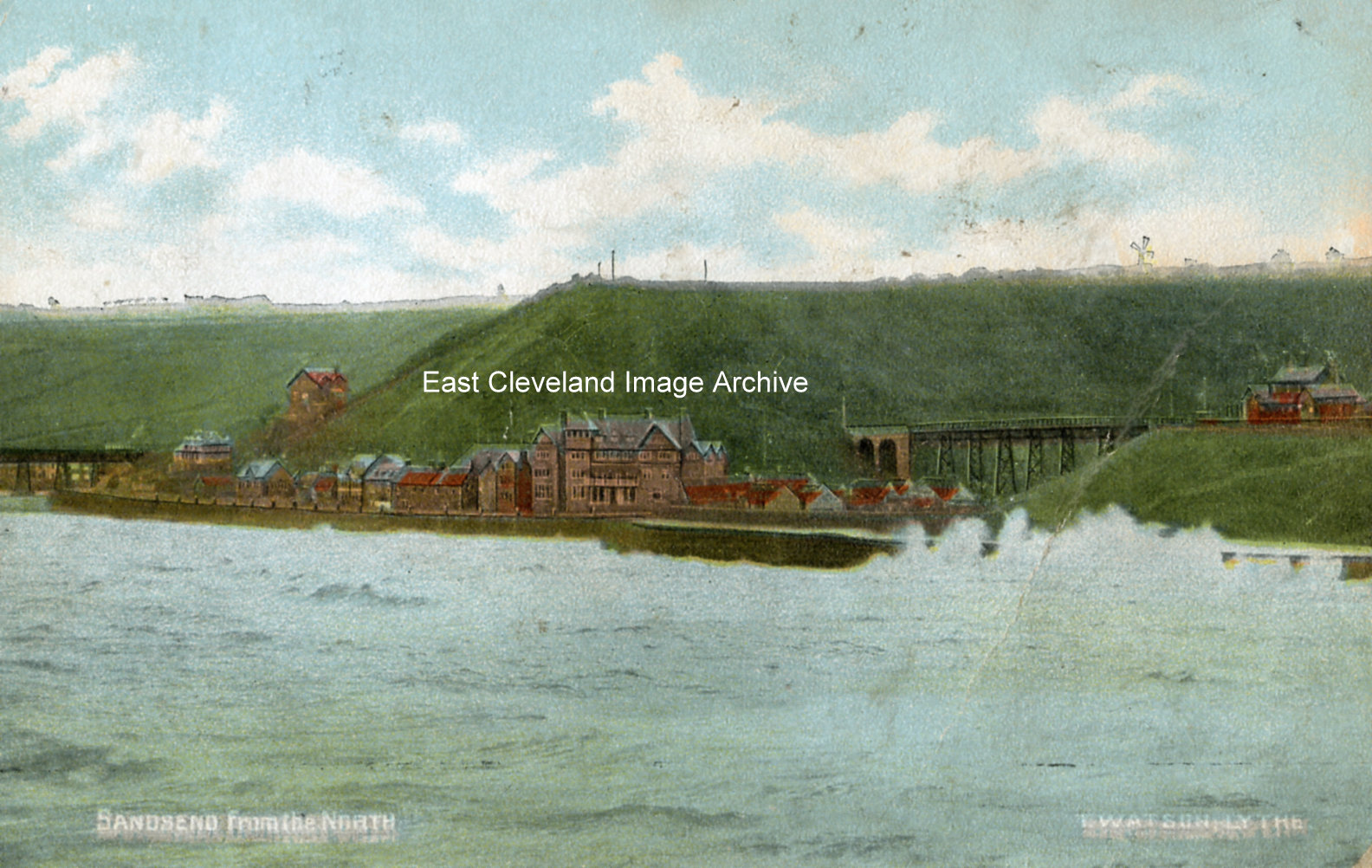 This view of Sandsend (from a postcard by Tom Watson of Lythe) could have been taken from a boat. The alum house buildings can be seen on the site of the present day car park, and the railway viaducts and station are clearly shown. David Richardson advises: “From the angle it would of been taken from somewhere towards Sandsend Ness. Image courtesy of Tina Dowey, thanks to David Richardson for the update. 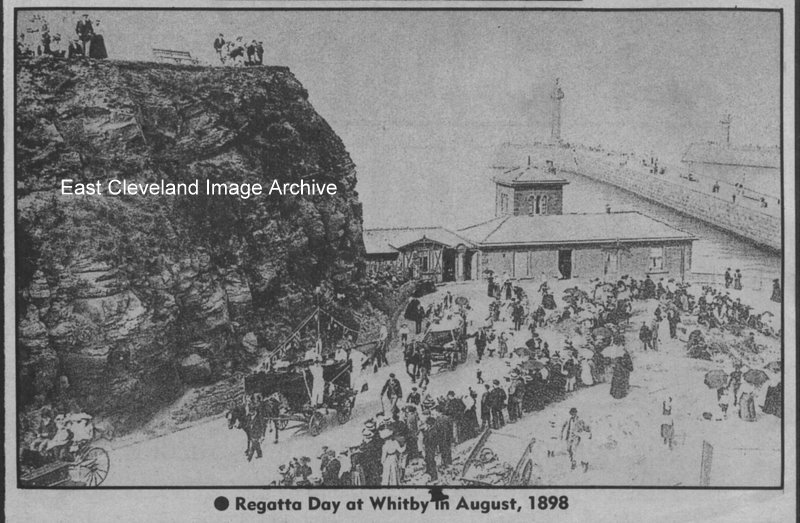 1898 was the date of this view and the Regatta is in full swing, as it makes it way up Khyber Pass, not quite as we see it today but I am sure everyone enjoyed themselves. 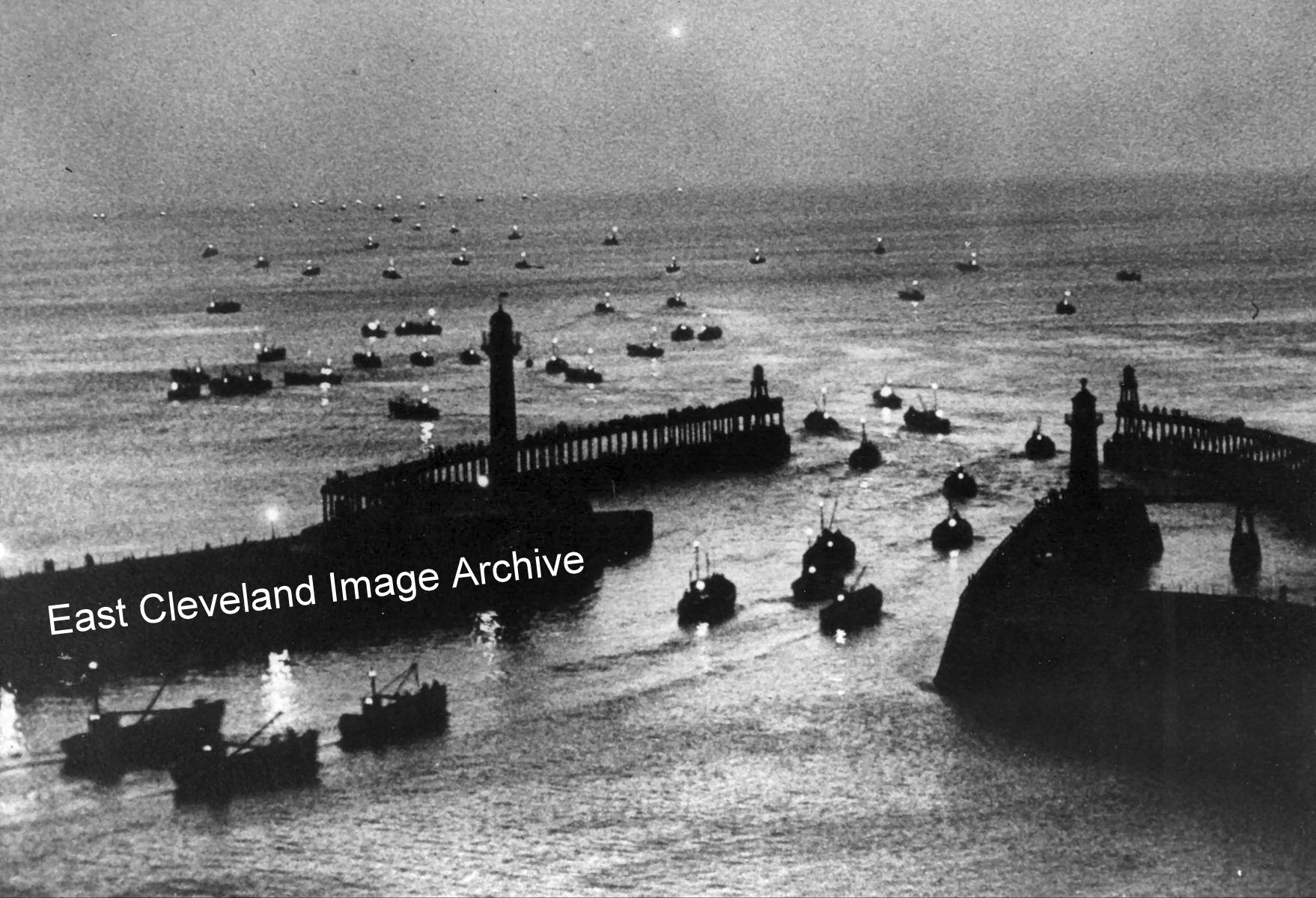 We know we are getting further away but couldn’t resist this photograph of the herring boats leaving Whitby late at night; which provoked some discussion regarding a date. Derick Pearson suggested: “The Herring / Fishing fleet leaving Whitby early in the morning around the turn of the century c1900.” Russ Pigott suggested: “It must be a bit later than 1900 as the picture shows the breakwaters which were added to the existing piers about 1914. Also ,though in no expert on boats. Are they not diesel boats as there are no sails or funnels fo steam boilers?” David Richardson agreed with: “The photograph looks very 1950’s to me.” Help arrived when Jim Hebden advised: ”The photograph of the herring fleet was taken on an evening in the 1950s and the boats going out were ring netters, thay work in pairs and shoot their nets around the school of herring in a ring, so surounding the herring. When this photograph was taken I would still been of school age; when I left school I became a fisherman and in the summer months we went herring fishing.” John White supported with: “I agree with Jimmy on that 1950’s, I was a 14 year old who went off drifting for herring on the OCEAN VENTURE a few times.” John Tweddle assisted with: “This image is very similar to one I recall as a child taken in the early 1900’s by Edmund Hall then the staff photographer of the Whitby Gazette. I believe it once appeared as the front page of a Whitby Tourist guide. His photograph was taken from up by the Abbey and had the reflection of the moon on the water over the departing herring fleet, very similar to the water colour by John Freeman. I have tried in vain to find the photograph. To declare my interest, Edmund Hall was my great grandfather. It was reported in the Whitby Gazette article on the occasion of a dinner to mark his 60 years at Horne Bros in 1931 that he was responsible for the greater part of the photographs that had appeared in the Gazette over the last 30 years i.e. from 1900 onwards.” Image from a disc compiled by Derick Pearson, thanks to Jim Hebden for such definite information; also thanks to Russ Pigott, David Richardson, John White and John Tweddle for the updates.  Cock Mill so-called as the mill had an angled or ‘cock-shot’ water race, a farmhouse with a cock fighting pit was also situated here, giving an alternative reason for the name. Cock Mill, a secluded place in the woods, was used for gambling and cock fighting in the old days, as well as a hide-out for home-coming sailors eluding the press gangs. Strange, ghostly tales were told of ‘The Gentleman in Black’ who frequently took his seat at the gambling tables. ‘Pigot’s Directory of 1834’ states that John Coulson was the miller at Cock Mill. 1822 supplement of Genuki for Whitby lists: “COCK MILL, a farm house and Mill, in the township of Hawsker-with-Stainsacre, and parish of Whitby; 1½ mile S. from Whitby” Image courtesy of Iris Place. 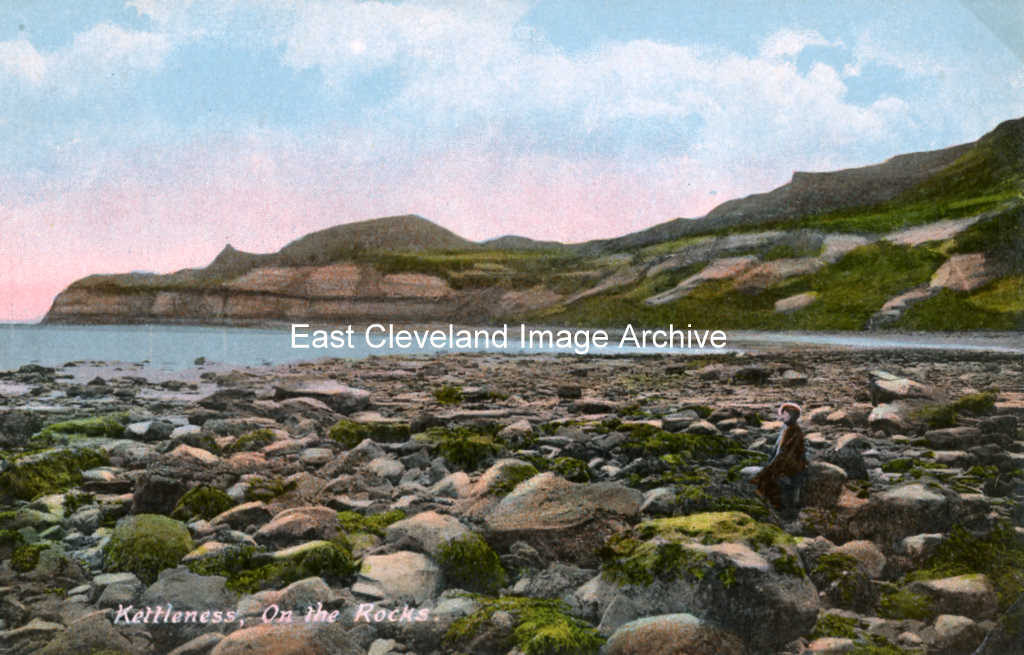 Low tide in Runswick Bay, looking eastwards, beyond Claymoor Beck, with the headland of Kettle Ness in the background; the cliffs and headland have been shaped by the alum quarries. Image courtesy of Beryl Morris (from a Tom Watson postcard). 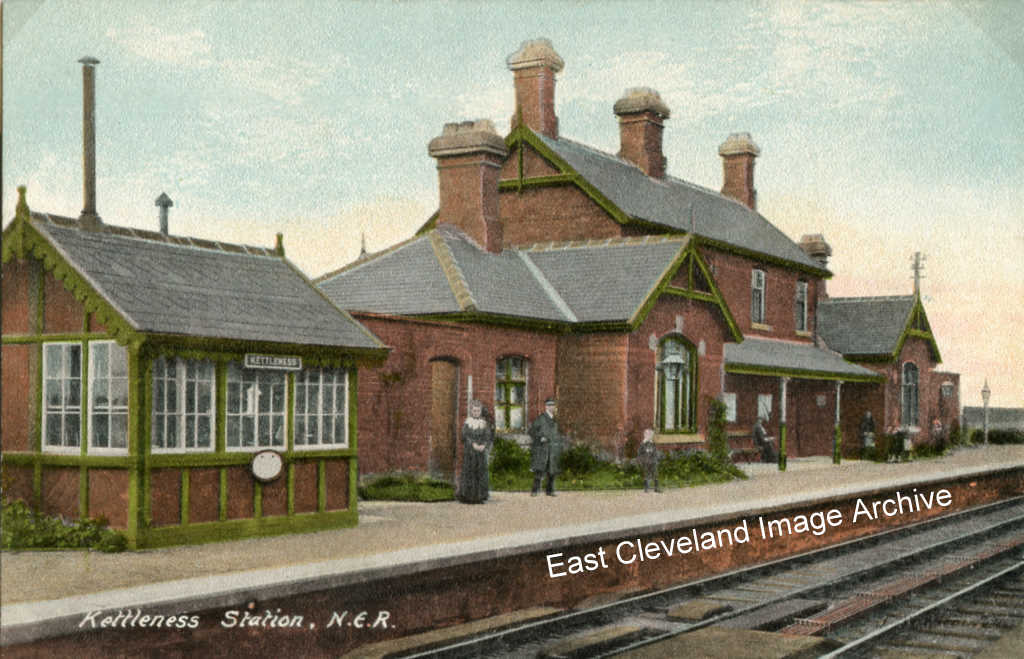 Kettleness Station, as it was early last century. It dates back to the 1880s, was intended principally for tourists and visitors, and had passing loops with two platforms so that passenger trains could pass here. The line closed in 1958. The building and grounds are a Scout Activity Centre, leased from the Marquis of Normanby, and opened in 1964. Image (from a Tom Watson postcard) courtesy of Beryl Morris. |
||
Recent Comments